How to regulate the engine speed of a washing machine
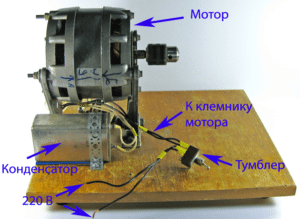 Adjusting the speed of the washing machine engine may be necessary for any home DIYer who decides to adapt a part from a used machine.
Adjusting the speed of the washing machine engine may be necessary for any home DIYer who decides to adapt a part from a used machine.
Simply connecting the washing machine engine to the power supply does not do much good, since it immediately produces maximum speed, but many homemade appliances require increasing or decreasing speed, preferably without loss of power. In this publication we will talk about how to connect the motor from the washing machine, and how to make a speed controller for it.
Let's connect first
Before adjusting the speed of the washing machine engine, it must be connected correctly. The commutator motors from automatic washing machines have several outputs, and many novice DIYers confuse them and cannot understand how to connect. Let's talk about everything in order, and at the same time check the operation of the electric motor, because there is a possibility that it is completely faulty.
- First you need to take the motor from the washing machine, spin it and find the excitation coils or shoes, from which 2, 3 or more wires should come. The shoes look something like the picture below.
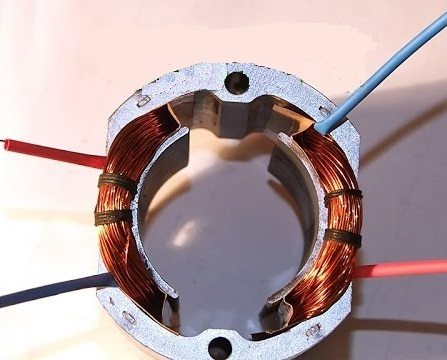
- We take an ohmmeter, set the toggle switch to the minimum resistance and begin ringing all the outputs one by one. Our task is to select from all the outputs of the excitation coil 2, which have the highest resistance value; if there are only two of them, then there is no need to select anything.
- Next you need to find the motor commutator and brushes, from which 2 wires will also come. In this case, there will be only two outputs; if there are more, it means you have mixed up something or one of the wires is simply torn off.

- The next group of outputs that we desperately need to detect are the tachometer outputs. In some cases, the wires coming from the tachometer can be seen directly on the engine housing, but sometimes they are hidden in the depths of the housing and then, in order to connect, you have to partially disassemble the engine.
For your information! Tachometers having two outputs can be easily checked with an ohmmeter. But similar parts with three outputs do not ring in any direction.
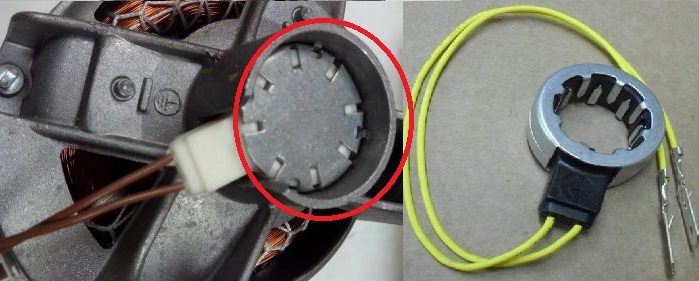
- Next, we take one wire coming from the collector and connect it to one of the coil wires.
- We connect the second wire of the collector and the second wire of the coil to a 220 V network.
- If we need to change the direction of rotation of the armature, then we simply swap the places of the connected wires, namely, the first wire of the collector and the first wire of the coil are connected to the network, and the second wires are connected to each other.
- We mark the wires of the coil, tachometer and collector with labels so as not to confuse them and perform a test run of the engine.
If the test run was successful, namely, the engine smoothly picked up speed without jamming or jerking, and the brushes did not spark, you can begin connecting the washing machine motor through the speed controller. There are many diagrams for connecting a motor through a regulator, as well as diagrams for the regulator itself; let’s consider two options.
Connect via voltage regulator
The simplest option for adjusting the electric motor of a washing machine is to use any voltage regulator (dimmer, drill trigger, etc.). The meaning of the adjustment is that the maximum voltage is first applied to the engine, and it rotates at maximum speed.By turning the dimmer switch, we reduce the voltage, and the engine accordingly begins to reduce speed. The connection diagram is as follows:
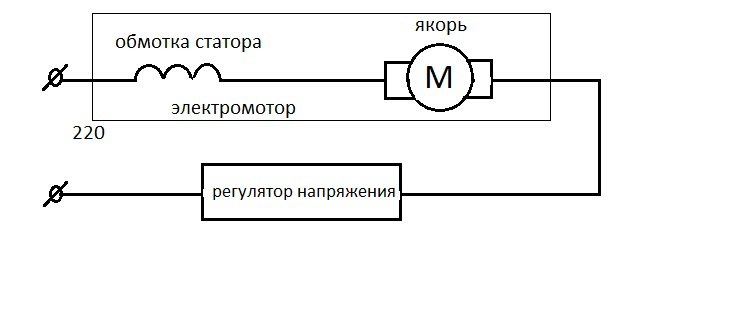
- We connect one coil wire to one armature wire;
- connect the second wire of the coil to the network;
- we connect the second armature wire to the dimmer, and connect the second output of the dimmer to the network;
- We test run the engine.
We check how the engine operates at minimum power. You can see that even at minimum power the idle speed is impressive, but you just need to lean a wooden block against the rotating axle and the engine immediately stops. What is the conclusion? And the conclusion is that this method of adjusting the speed of the washing machine electric motor leads to a catastrophic loss of power when the voltage decreases, which is unacceptable if you are going to make some kind of homemade product out of the engine.
Important! When starting the washing machine engine, follow safety precautions. Be sure to secure the engine before starting, and do not touch the rotating elements with your hands.
Initially, we set the task of learning to regulate the speed of the washing machine engine with our own hands without loss or with minimal loss of power, but is this possible? It is quite possible that the connection diagram will simply become somewhat more complicated.
Via microcircuit
It's time to remember about the tachometer and its outputs, which we found on the engine, but set aside for the time being. It is the tachometer that will help us connect the washing machine motor and regulate its speed without loss of power. The tachometer itself cannot control the engine, it is only an intermediary. The actual control must be carried out through a microcircuit that is connected to the motor tachometer, winding and armature and is powered from a 220 V network. You can see the schematic diagram in the figure below.
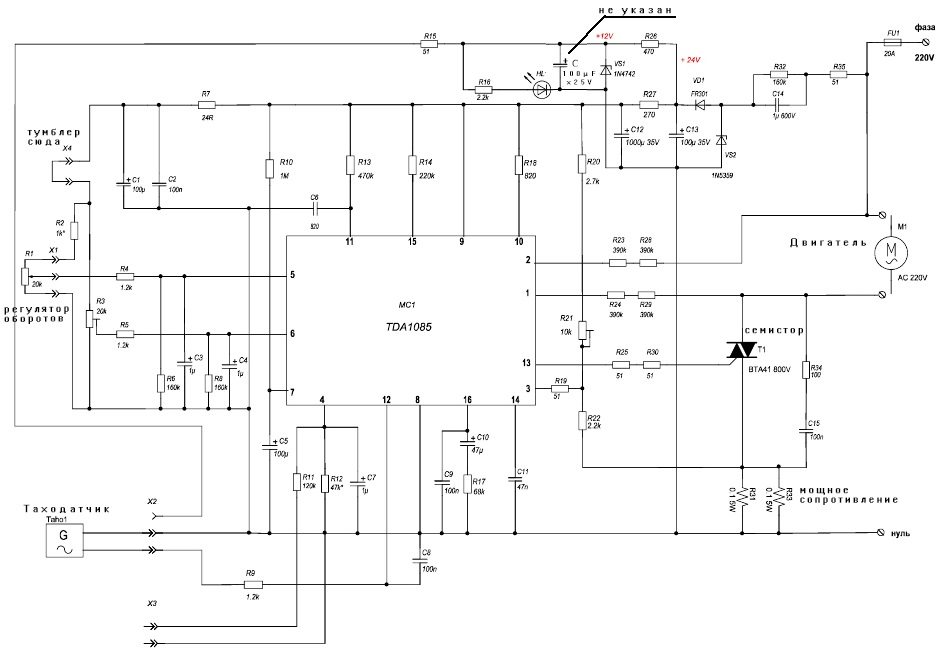
What happens to the motor when we connect it to the network through this chip? And the following happens: we can start the engine with our own hands at maximum speed, or we can turn the special toggle switch to reduce the speed. We give a sudden load to the engine by placing a wooden block under the rotating pulley. The speed drops for a split second, but then recovers again, despite the load.
The fact is that the tachometer detects a decrease in speed due to the load that has arisen and immediately sends a signal about this to the control board. The microcircuit, having received the signal, automatically adds power, thus leveling the engine speed. The homemade dream, as they say, has come true. If you have such a connection diagram, you can make from the washing machine motor grain crusher and a wood splitter and many other useful things.
To summarize our story, we will answer another reasonable question that the reader may have: where can I get such a board? You can assemble it based on the diagram and list of parts that we attach to this article, or you can order it ready-made from specialists. Fortunately, there are enough offers on this matter on the Internet. You need to look for the TDA 1085 circuit.


Interesting:
10 reader comments
Add a comment Cancel reply
Categories
Washing machine repair


For buyers

For users

Dishwasher

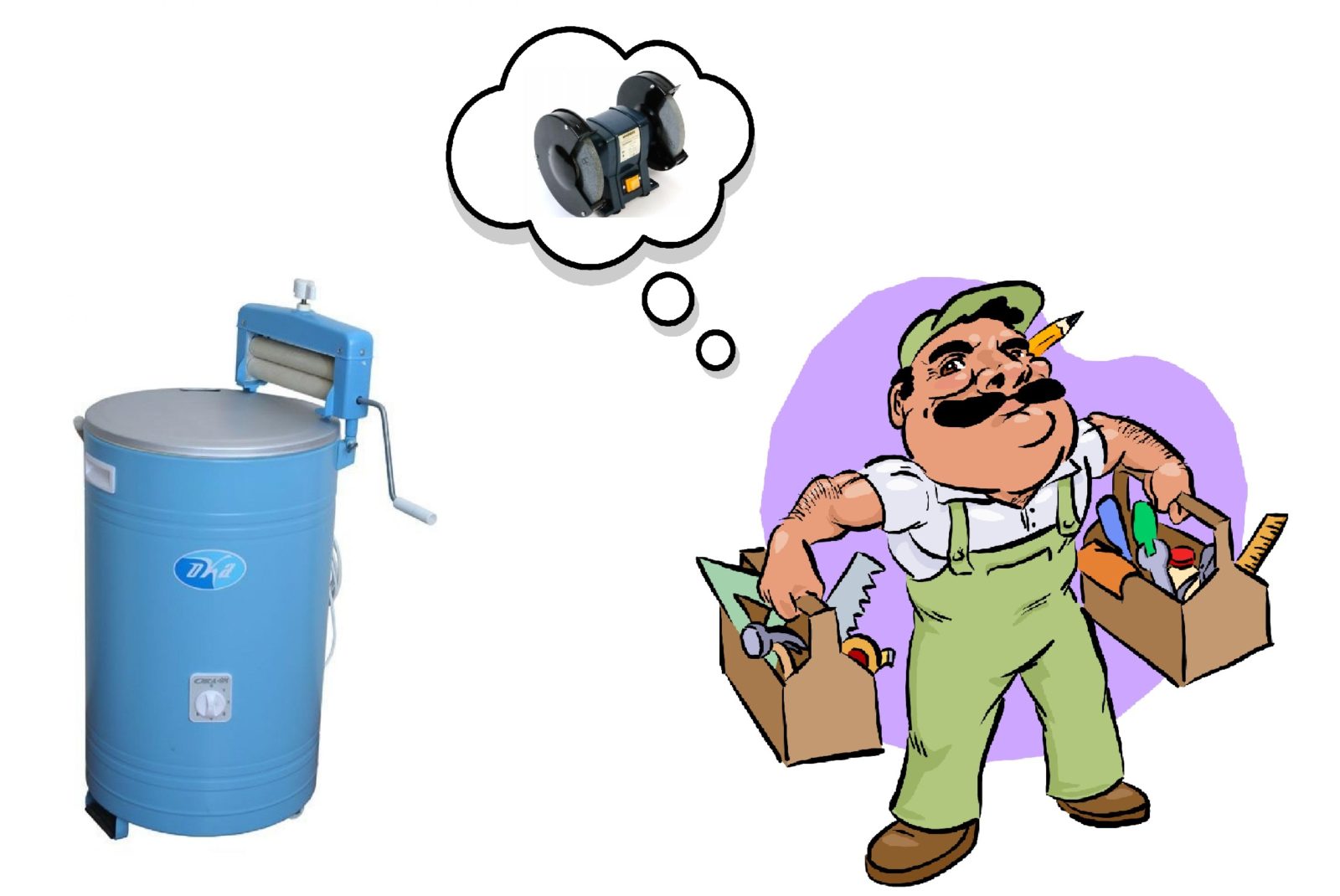




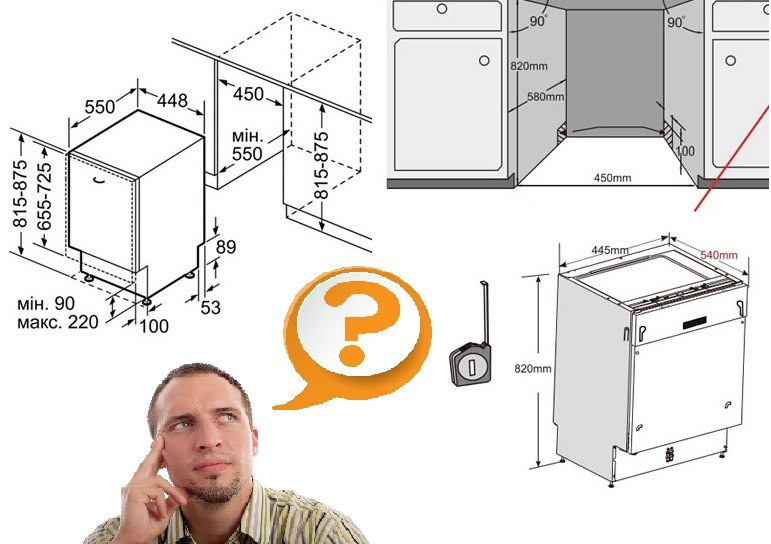










How to connect the original myr95-3m unit?
Hello, on the seals the arrows point to two elements and the inscription: “Not in the diagram.” Should they be there? And if so, what are the elements and denominations?
Why does the engine start to jerk at low speeds under load? The regulator is assembled on m/skh tda1085.
Thanks for the info.
Hello, tell me, can an asynchronous motor from a washing machine be connected to this circuit? . Thank you.
You can connect a 200 W dimmer to adjust the light to a 180 W nozhdak motor. Or do you need more power and will the power be lost or not with such dimers?
Where can I buy the board assembly and how much does it cost?
Is it possible to regulate the speed with a resistor?
Easier with a potentiometer, not a resistor
Just. An autotransmitter is needed.